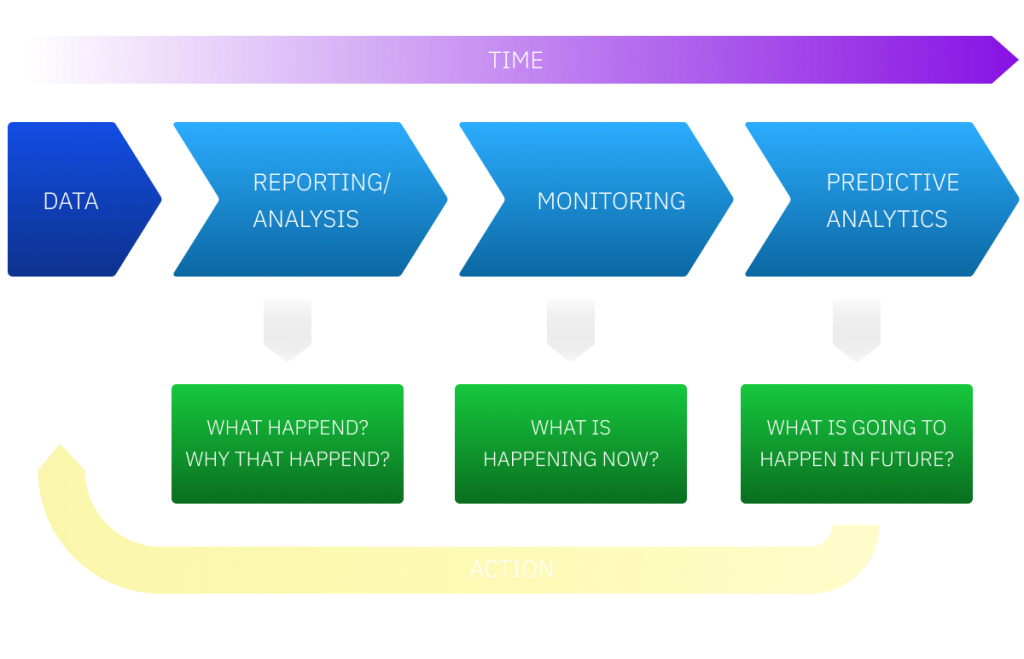
Predictive analytics is a powerful tool that has revolutionized the world of data analysis. It involves using statistical algorithms and machine learning techniques to analyze historical data and make predictions about future events. In this blog post, we will take a closer look at how predictive analytics works, and the different techniques that are used to make accurate predictions.
What is Predictive Analytics?
Predictive analytics is the process of using data, statistical algorithms, and machine learning techniques to identify the likelihood of future outcomes based on historical data. It involves analyzing large volumes of data to identify patterns and trends, and then using this information to make predictions about future events.
Predictive analytics is used in a wide range of industries, from finance and healthcare to marketing and advertising. It is used to identify potential risks and opportunities, and to make informed business decisions based on data-driven insights.
How Does Predictive Analytics Work?
Predictive analytics works by analyzing historical data and identifying patterns and trends that can be used to make predictions about future events. There are several different techniques that are used to achieve this, including:
Regression Analysis
Regression analysis is a statistical technique that is used to identify the relationship between a dependent variable (the outcome) and one or more independent variables (the predictors). It is used to predict the value of the dependent variable based on the values of the independent variables.
Decision Trees
Decision trees are a type of algorithm that is used to make predictions based on a series of decisions. The algorithm creates a tree-like model of decisions and their possible consequences, and then uses this model to make predictions about future events.
Neural Networks
Neural networks are a type of machine learning algorithm that is modeled after the structure of the human brain. They are used to identify patterns and relationships in data, and to make predictions based on these patterns.
Random Forest
Random forest is a type of algorithm that is used to make predictions by combining the predictions of multiple decision trees. It is used to reduce the risk of overfitting and to improve the accuracy of predictions.
Why is Predictive Analytics Important?
Predictive analytics is important because it allows businesses to make informed decisions based on data-driven insights. By analyzing historical data and making predictions about future events, businesses can identify potential risks and opportunities, and make decisions that are more likely to lead to success.
Predictive analytics is also important because it can help to reduce costs and improve efficiency. By identifying potential problems before they occur, businesses can take proactive measures to address them, which can save time and money in the long run.
Conclusion
Predictive analytics is a powerful tool that has revolutionized the world of data analysis. By analyzing historical data and making predictions about future events, businesses can make informed decisions that are more likely to lead to success. There are several different techniques that are used to achieve this, including regression analysis, decision trees, neural networks, and random forest. By utilizing these techniques, businesses can gain a competitive edge and stay ahead of the curve in today’s data-driven world.
Email- contact@devopsschool.com

 Starting: 1st of Every Month
Starting: 1st of Every Month  +91 8409492687
+91 8409492687  Contact@DevOpsSchool.com
Contact@DevOpsSchool.com
